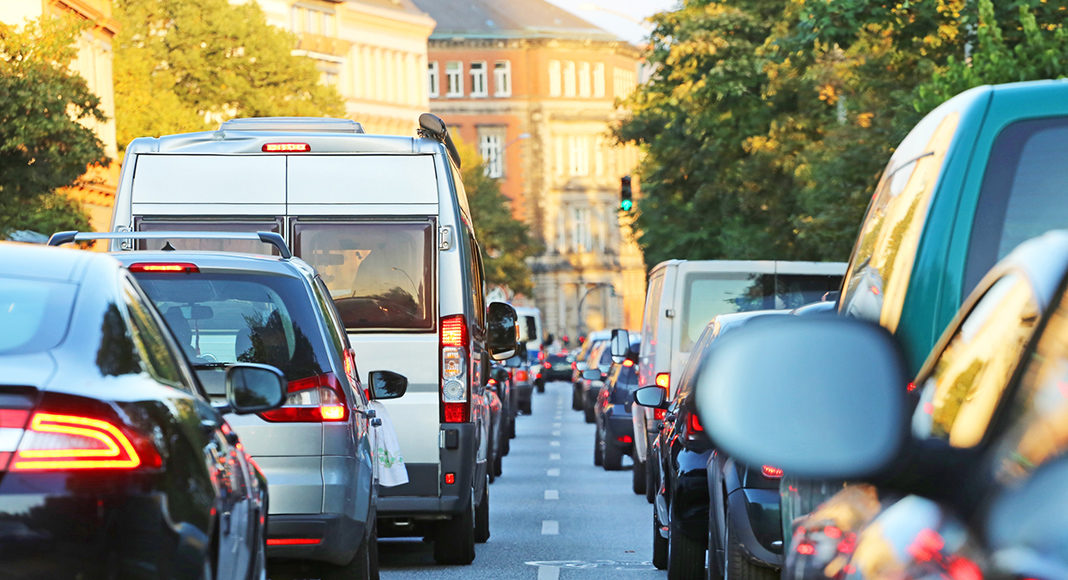As of mid-2022, all new cars put on the EU market will have to be equipped with advanced safety systems, the European Council has announced.
Under the new rules, all motor vehicles (including trucks, buses, vans and sport utility vehicles) will have to be equipped with the following safety features:
- intelligent speed assistance
- driver drowsiness and attention warning systems
- advanced driver distraction warning systems
- alcohol interlock installation facilitation
- emergency stop signals
- reversing detection systems
- event data recorders
- accurate tyre pressure monitoring
Supplementary advanced safety measures will be required for cars and vans. These include:
- advanced emergency braking systems
- emergency lane-keeping systems
- enlarged head impact protection zones capable of mitigating injuries in collisions with vulnerable road users, such as pedestrians and cyclists
Additionally, trucks and buses will have to be designed and manufactured in such a way that the blind spots around the vehicle are significantly reduced. They will also have to be equipped with advanced systems capable of detecting pedestrians and cyclists located in close proximity to the vehicle.
âThese new rules will help us to reduce significantly the number of fatalities and severe injuries on EU roads,â said Timo Harakka, Finnish Minister for Employment. âThey also enhance the European car manufacturersâ competitiveness in the global market.â
The regulation updates existing rules on car safety contained in the general safety regulation (EC) 661/2009 and the pedestrian safety regulation (EC) 78/2009. It will apply 30 months after its entry into force. A longer application date is provided for a limited number of features in order to allow car manufacturers to adapt their production to the new requirements.



















